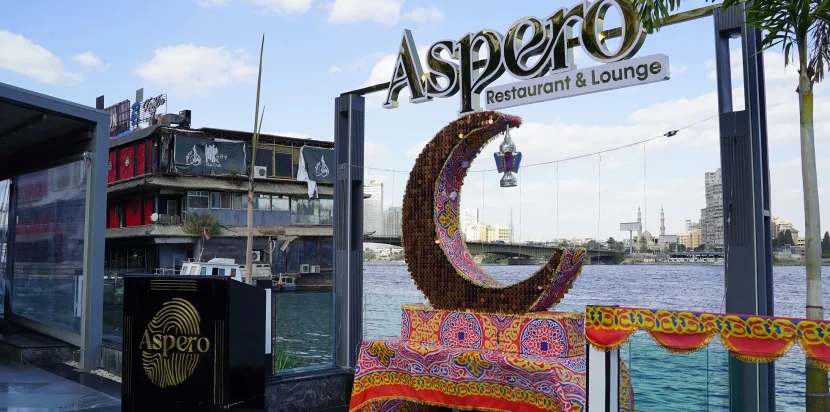How our restaurants maintain food quality is a question at the heart of our philosophy. For us, food is more than a product – it is an experience that reflects care, trust, and consistency. Guests return to restaurants not only for taste but also for the confidence that every dish meets the highest standards. Maintaining food quality requires dedication at every stage, from sourcing ingredients to serving the final plate. Our approach combines tradition, innovation, and strict quality control to ensure that each meal leaves a lasting impression.
The Importance of Food Quality
Food quality is the foundation of hospitality. Without it, no atmosphere, décor, or service can create a satisfying dining experience.
Building Trust with Guests
Guests choose restaurants they trust. Consistent food quality reassures them that every visit will deliver the same standard of excellence.
Enhancing Reputation
Restaurants known for their quality quickly build a positive reputation. Word of mouth and online reviews reflect the value of maintaining high standards.
Supporting Health and Safety
High-quality food is also safe food. Proper handling and freshness reduce risks and protect guests’ wellbeing.
Ingredient Sourcing
The journey of food quality begins long before cooking.
Local and Seasonal Produce
We prioritize locally sourced ingredients that are fresh and seasonal. This ensures natural flavor while supporting local farmers and suppliers.
Trusted Suppliers
Partnerships with reliable suppliers guarantee consistent deliveries of meats, seafood, vegetables, and spices that meet strict standards.
Premium Imports
For specialized dishes, we import select premium ingredients. These imports are carefully vetted to complement local produce and maintain global standards.
Kitchen Practices and Standards
Inside the kitchen, strict processes ensure that food quality remains uncompromised.
Hygiene and Safety Protocols
Cleanliness is non-negotiable. Our chefs and staff follow international hygiene practices, from sanitizing tools to maintaining proper storage temperatures.
Trained Culinary Teams
Chefs and kitchen staff undergo continuous training to refine techniques and stay updated with industry innovations. Skill and knowledge are central to quality.
Standardized Recipes
Recipes are carefully documented and followed, ensuring that every dish tastes the same across visits. Consistency is key to maintaining trust.
Innovation and Menu Development
Food quality is also about creativity and relevance.
Experimenting with Flavors
We innovate by introducing new dishes that balance creativity with quality. Experimentation is always guided by the same high standards.
Guest Feedback
Menus evolve based on guest preferences. By listening to feedback, we adjust offerings to maintain satisfaction without compromising quality.
Seasonal Menus
Rotating seasonal menus highlight freshness and prevent monotony. Guests enjoy variety while we maintain quality through available produce.
Service and Presentation
Food quality is also reflected in how dishes are served.
Elegant Presentation
Every plate is carefully arranged to appeal visually as well as in taste. Presentation adds value to the overall experience.
Correct Temperature
Hot meals are served hot, and chilled dishes are served cold. This attention to detail ensures guests enjoy food as intended.
Timely Delivery
Efficiency in service means food arrives fresh from the kitchen without unnecessary delays.
Technology and Quality Control
Modern tools help maintain high standards across all restaurants.
Inventory Management Systems
Technology ensures that ingredients are used at peak freshness, reducing waste and guaranteeing quality.
Monitoring and Inspections
Regular audits and inspections confirm that hygiene, storage, and preparation standards are consistently met.
Smart Kitchens
Some restaurants use advanced equipment to monitor cooking temperatures and ensure precision in every dish.
Training and Staff Culture
Food quality depends on people as much as processes.
Continuous Training
Chefs and staff are trained in new techniques, safety measures, and hospitality skills.
Culture of Excellence
Employees are encouraged to see themselves as guardians of quality. This shared responsibility ensures every plate meets expectations.
Motivation and Recognition
Recognizing staff who uphold standards motivates the entire team to maintain consistency.
Challenges in Maintaining Food Quality
Maintaining high food quality requires overcoming challenges.
Rising Ingredient Costs
Fluctuations in prices can make sourcing difficult, but we never compromise on quality.
Supply Chain Issues
Delays or shortages may occur, yet having multiple suppliers ensures stability.
Evolving Customer Expectations
As guests become more health-conscious and adventurous, we adapt while preserving our standards.
The Role of Guest Feedback
Guests are at the center of our quality strategy.
- Direct Feedback: Encouraging guests to share their opinions helps us improve.
- Reviews: Online reviews provide insights that guide adjustments.
- Loyalty: Returning customers show us that our commitment to quality is recognized and valued.
Finally
How our restaurants maintain food quality is a story of dedication, precision, and passion. From sourcing the freshest ingredients to training staff and innovating menus, every step reflects our commitment to excellence. Guests who dine with us can expect consistency, safety, and unforgettable flavors. For us, food quality is not a single task – it is the foundation of trust and the reason we continue to grow. Every dish we serve is a promise kept.
 Phone: +010 50 855 838
Phone: +010 50 855 838  Email: restaurant@asperogroup.com
Email: restaurant@asperogroup.com 


Comments are closed